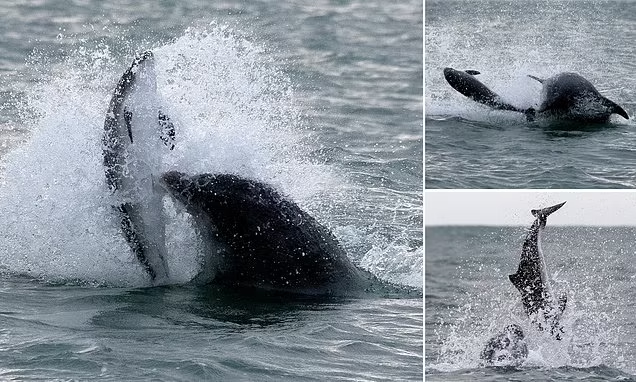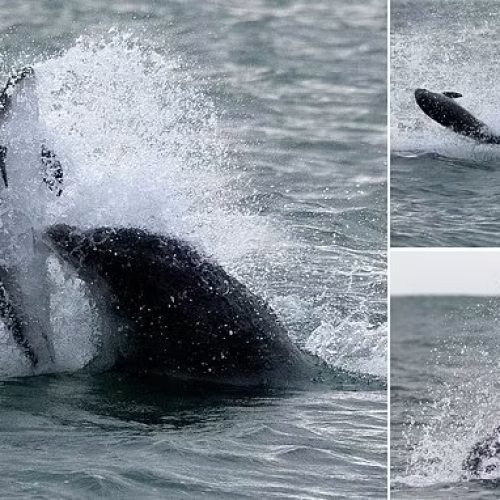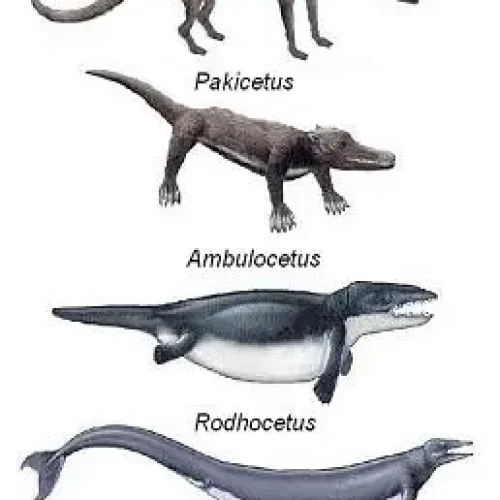Have you ever wondered what secrets lie beneath the waves when you hear the enchanting sounds of dolphins?
These intelligent marine mammals are not just playing around – they’re actually engaged in complex communication.
From the clicking and whistling that echoes through the ocean to the jaw-dropping aerial displays that make a splash, dolphins employ a diverse array of vocalizations and non-vocal sounds to navigate their world, express themselves, and maintain social bonds.

In this article
INTRODUCTION TO DOLPHIN VOCALIZATIONS
Dolphin societies are complex and highly social, relying heavily on acoustic communication to navigate their underwater world. Different dolphin species produce a diverse array of sounds, each serving specific purposes in their behavior and social interactions.
From the familiar bottlenose dolphin to the lesser-known Risso’s dolphin, these marine mammals have developed sophisticated vocal repertoires that enable them to thrive in their aquatic environments.
Vocalizations play a crucial role in maintaining social bonds, coordinating hunting efforts, and conveying information about potential threats or mating opportunities.
Studies have shown that dolphins even have unique “signature whistles” that serve as individual identifiers, similar to human names. The complexity and variety of dolphin sounds reveal the importance of acoustic communication in their daily lives.
CLICKS: THE FOUNDATION OF DOLPHIN ECHOLOCATION
One of the most distinctive and well-known dolphin vocalizations is the click. These short, pulsed sounds are produced by the movement of air in the nasal passages and are the foundation of dolphin echolocation.
Clicks are typically broadband signals, ranging from a few kilohertz to over 100 kHz, allowing dolphins to gather detailed information about their surroundings.
By emitting rapid sequences of clicks and listening to the echoes, dolphins can determine the size, shape, and distance of objects in their environment.
This extraordinary ability enables them to navigate through murky waters, locate prey, and avoid obstacles with incredible precision. Studies have shown that bottlenose dolphins can detect objects as small as a coin from distances of over 70 meters.
The use of echolocation clicks extends beyond navigation and foraging. Dolphins also employ these sounds in social contexts, such as during play or aggressive interactions.
The intensity, frequency, and repetition rate of clicks can convey important information about the emotional state or intentions of the individual producing them.
WHISTLES: THE SIGNATURE SOUNDS OF INDIVIDUAL DOLPHINS
One of the most fascinating aspects of dolphin communication is their use of unique “signature whistles.” Studies have shown that each dolphin develops its own distinctive whistle, which serves as a form of individual identification, similar to a human name.
• Signature whistles are typically formed within the first few months of a dolphin’s life and remain stable throughout their lifetime.
• These whistles play a crucial role in individual recognition and maintaining group cohesion. When separated from their pod, dolphins often emit their signature whistle to reunite with their companions.
• Whistle structure and frequency can vary among different dolphin species. For example, bottlenose dolphins produce whistles with frequencies ranging from 4 to 20 kHz, while spinner dolphins emit whistles between 8 and 24 kHz.
BURST-PULSE SOUNDS: THE COMPLEX COMMUNICATION CALLS
In addition to whistles, dolphins also use burst-pulse sounds for communication. These vocalizations are characterized by rapid sequences of clicks that are emitted at varying rates and intensities.
• Burst-pulse sounds are produced by forcing air through the dolphin’s nasal passages, causing the surrounding tissue to vibrate.
• These complex calls are believed to convey emotional states and are often used in social interactions, such as aggressive encounters or during playtime.
• Different burst-pulse sound types may have specific meanings or functions within dolphin societies. For instance, “squawks” are typically associated with excitement or alarm, while “genital buzzes” are produced during mating rituals.
Dolphin communication is a multifaceted and ongoing field of research. As scientists continue to study these remarkable creatures, we gain a deeper understanding of their sophisticated language and social structures.
By exploring the intricacies of whistles and burst-pulse sounds, we can appreciate the complex world of dolphin communication and the importance of preserving these intelligent marine mammals for generations to come.
OTHER VOCALIZATIONS AND NON-VOCAL SOUNDS
In addition to their well-known clicks and whistles, dolphins produce a variety of other intriguing vocalizations:
• Chirps, squawks, and yelps: While less common than clicks and whistles, these distinctive sounds play important roles in dolphin communication.
Chirps are short, high-pitched bursts that often indicate excitement or aggression. Squawks are harsh, abrupt noises associated with agitation or warning. Yelps, which resemble short screams, usually express pain or fear.
• Jaw claps, tail slaps, and breaches: Dolphins also generate impactful non-vocal acoustic signals. Jaw claps occur when dolphins rapidly snap their jaws together, creating a loud popping noise that can serve as a sign of aggression or dominance. Energetic tail slaps on the water’s surface may function to stun prey, ward off threats, or get attention.
Spectacular leaps out of the water, known as breaches, produce tremendous splashes audible from afar, possibly acting as long-distance communication.
To truly appreciate the complexity of dolphin communication, it’s crucial to consider their entire acoustic repertoire.
By integrating an array of clicks, whistles, vocalizations, and percussive sounds, dolphins exhibit a sophisticated dolphin language that enables them to convey a wide range of information and emotions.
DECODING THE LANGUAGE OF DOLPHINS
Unraveling the mysteries of dolphin communication presents both challenges and opportunities for researchers. While significant progress has been made, much about their language remains unknown.
One key approach involves detailed acoustic analysis of dolphin sounds.
By meticulously measuring and categorizing the frequencies, durations, and patterns of vocalizations, scientists aim to decipher the meaning behind different signal types. Cutting-edge technologies, like underwater microphone arrays and machine learning algorithms, are accelerating this process.
Playback experiments offer another valuable tool. By recording specific dolphin sounds and playing them back in controlled settings, researchers can observe how other dolphins react. This helps reveal the functional significance of certain vocalizations.
As our understanding of dolphin communication deepens, so too does the potential for dolphin-human interaction. Although we may never achieve the fluency of “speaking dolphin,” even basic exchanges could yield profound insights.
From collaborating with dolphins to solve complex tasks to exploring the possibility of interspecies empathy, the future of dolphin research is filled with exciting possibilities. By continuing to decode their language, we move closer to appreciating the extraordinary cognitive and emotional depths of these marine mammals.








